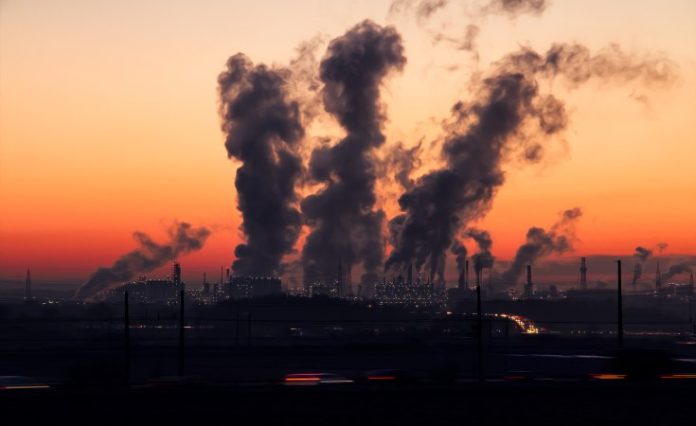In Uganda, even though air pollution is a big challenge in parts of the country, there is hardly any air quality monitoring. Engineer Bainomugisha – along with other scientists at AirQo, Makerere University – has developed a machine that monitors air quality. He explains how it works, and why it’s so important.
What are the main drivers of air pollution in Kampala and are there any indications of how bad it is?
Generally, I would say the main drivers of air pollution in Kampala are transport, industry, burning of wood or charcoal and burning of waste.
Kampala is Uganda’s political capital and financial district contributing to over 30% of Uganda’s GDP. The city hosts more than 32% of the country’s manufacturing facilities and so industrial emissions from activity – such as metal processing, furniture, textiles and plastics – will contribute a significant amount of pollution to the air.
It’s a very busy city, with millions using buses, private vehicles and motorbikes to commute in and out every day. A great deal of pollution therefore comes from vehicle emissions and heavy traffic congestion. To make matters worse, most of the vehicles in Kampala are pre-owned and, until 2018, the average fleet age was more than 15 years. Read more…



